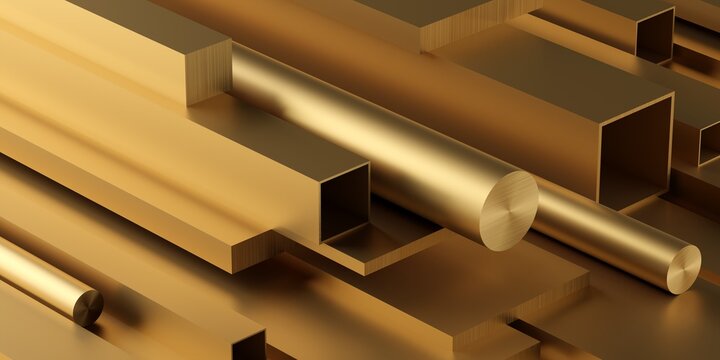Sheet Metal: A Versatile Material for Diverse Industries+ View more
Sheet Metal: A Versatile Material for Diverse Industries
+ View more
Date:2023-11-13 11:45
Introduction:
Sheet metal is a highly versatile material that finds extensive use in various industries due to its unique properties and ease of fabrication. In this article, we will explore the characteristics of sheet metal, its widespread applications, and delve into the process of working with sheet metal.

Characteristics of Sheet Metal:
Sheet metal is typically thin, ranging from fractions of a millimetre to a few millimetres in thickness. This characteristic makes it lightweight while maintaining notable strength. Additionally, sheet metal exhibits excellent formability, allowing it to be easily shaped into different configurations such as flat sheets, bends, curved surfaces, and complex forms. It also possesses corrosion resistance, making it suitable for both indoor and outdoor applications. Commonly used materials include cold rolled steel, galvanized steel, aluminium, and stainless steel.
Applications of Sheet Metal:
Sheet metal is widely utilized across numerous industries due to its versatility and affordability. Here are some common applications:
1. Automotive Industry: Sheet metal plays an essential role in automobile manufacturing, forming various components like body panels, chassis parts, brackets, and exhaust systems. Its high strength-to-weight ratio contributes to fuel efficiency and vehicle performance.
2. Construction Sector: Sheet metal is extensively employed in building construction for roofing, cladding, gutters, and downpipes. Its durability, weather resistance, and ability to be customized make it a preferred choice.
3. Electronics Manufacturing: Sheet metal is utilized in the production of electronic enclosures, cabinets, racks, and heat sinks. Its electrical conductivity and thermal dissipation properties enable effective protection and cooling of electronic components.
4. Aerospace Industry: Sheet metal components find application in aircraft structures, including wings, fuselages, engine casings, and structural supports. The lightweight nature of sheet metal contributes to improved fuel efficiency and overall performance.

Working with Sheet Metal:
1. Material Preparation: Begin by selecting the appropriate sheet metal material according to project requirements. The material is then cut into the desired size and shape using shears, laser cutting machines, or CNC milling machines.
2. Pre-processing: Prior to further processing, the surface of the sheet metal may undergo treatments such as degreasing, cleaning, and polishing. This enhances its workability and ensures optimal results in subsequent steps.
3. CNC Punching: Utilize computer numerical control (CNC) punching machines to cut holes, slots, and other features into the sheet metal based on design specifications. CNC technology enables precise and efficient operations.
4. Bending: Employ a bending machine or press brake to shape the flat sheet metal into the desired angles or curves. Accurate measurements, proper tooling selection, and careful execution are crucial to achieve satisfactory bends.
5. Welding: If necessary, join different sheet metal parts through welding techniques like spot welding, TIG welding, or MIG welding. Welding provides structural integrity and enables the creation of complex assemblies.
6. Surface Treatment: Apply surface treatments to enhance aesthetics and protect the sheet metal from corrosion. Options include painting, powder coating, plating, or anodizing, depending on the desired appearance and functional requirements.
7. Assembly: Assemble the various sheet metal components and fasten them together using methods like riveting, screwing, or welding. This step completes the fabrication process, resulting in the final product.
Conclusion
Sheet metal's lightweight nature, strength, formability, and affordability make it an ideal choice for a wide range of applications across industries. By understanding the characteristics of sheet metal and following the proper working processes, manufacturers can leverage its potential to create diverse and intricate components. Whether in automotive, construction, electronics, or aerospace, sheet metal continues to play a pivotal role in shaping our modern world.
Share to:
Recommend wonderful blog posts

